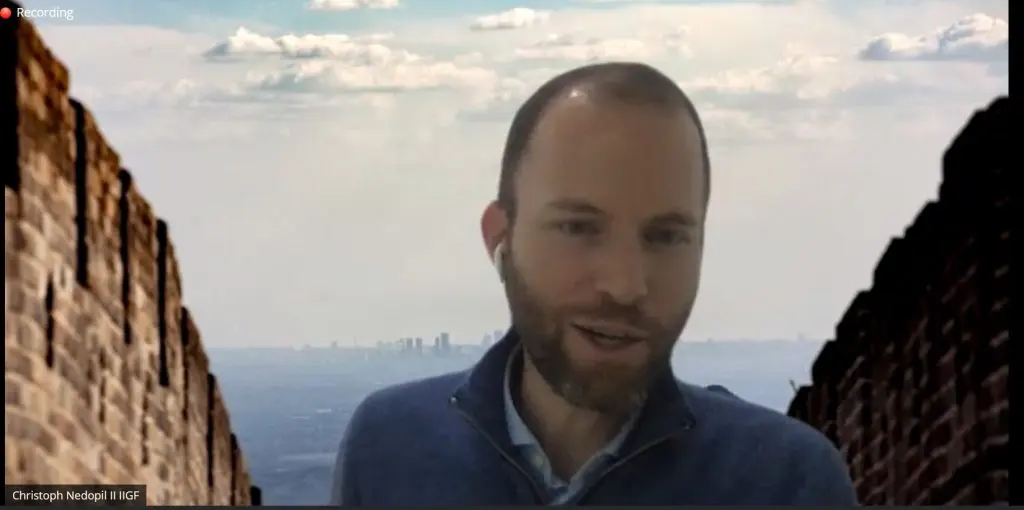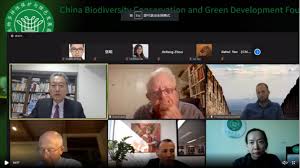On 2 December, the RCEP Civil Society organized a webinar through its secretary, the China Biodiversity Conservation and Green Development Foundation (CBCGDF). Dr. Christoph NEDOPIL WANG, Director of the Green BRI Center at IIGF, was invited as a speaker.
The Regional Comprehensive Economic Partnership (RCEP) was signed on 15 November by 15 Asia-Pacific countries including China. This world’s largest free-trade pact can provide much needed economic boost in a post-covid19 work, but has failed to integrate any environmental considerations in the agreement.
In this background, CBCGDF organized this seminar to discuss the risks and opportunities of RCEP on sustainable development, particularly biodiversity and climate change.
Amongst the speakers were H. E. Yukio Hatoyama, former Prime Minister of Japan, President of the East Asian Community Institute, delivered a video speech. Speakers included Jinfeng Zhou, the General Secretary of CBCGDF, Fred Dubee, Senior Advisor at United Nations Global Compact; Chandran Nair, Founder and CEO at Global Institute For Tomorrow (GIFT); Ian Dunlop, director of ContextF Pty Ltd.;Dr. Christoph NEDOPIL WANG, the director of Green BRI Center at IIGF; Yutong Xiong, Senior Information Specialist at U.S. Embassy in Beijing. The seminar was moderated by Dr. Alice C. Hughes, the Associate Professor at the Centre for Integrative conservation in Chinese Academy of Sciences.

The participants focused on global threats and opportunities for economic development, particularly about the collapse of environmental systems in RCEP. Christoph Nedopil emphasized that green finance is an important element to make RCEP sustainable, particularly to invest in sustainable infrastructure transport and energy investments in many of the emerging countries of RCEP. He stressed how green finance requires business models to invest in the green economy competitive – for example by providing incentives for green development and disincentives for non-green development. He also introduced recent efforts by Chinese stakeholders to green supply chains and outward investments, for example in the Belt and Road Initiative (BRI). The Green Development Guidance for BRI Projects published by the BRI Green Coalition with support from the Ministry of Ecology and Environment on Dec 1 is an important element for this, as it classifies projects into green, yellow and red projects depending on their environmental impact.




Comments are closed.